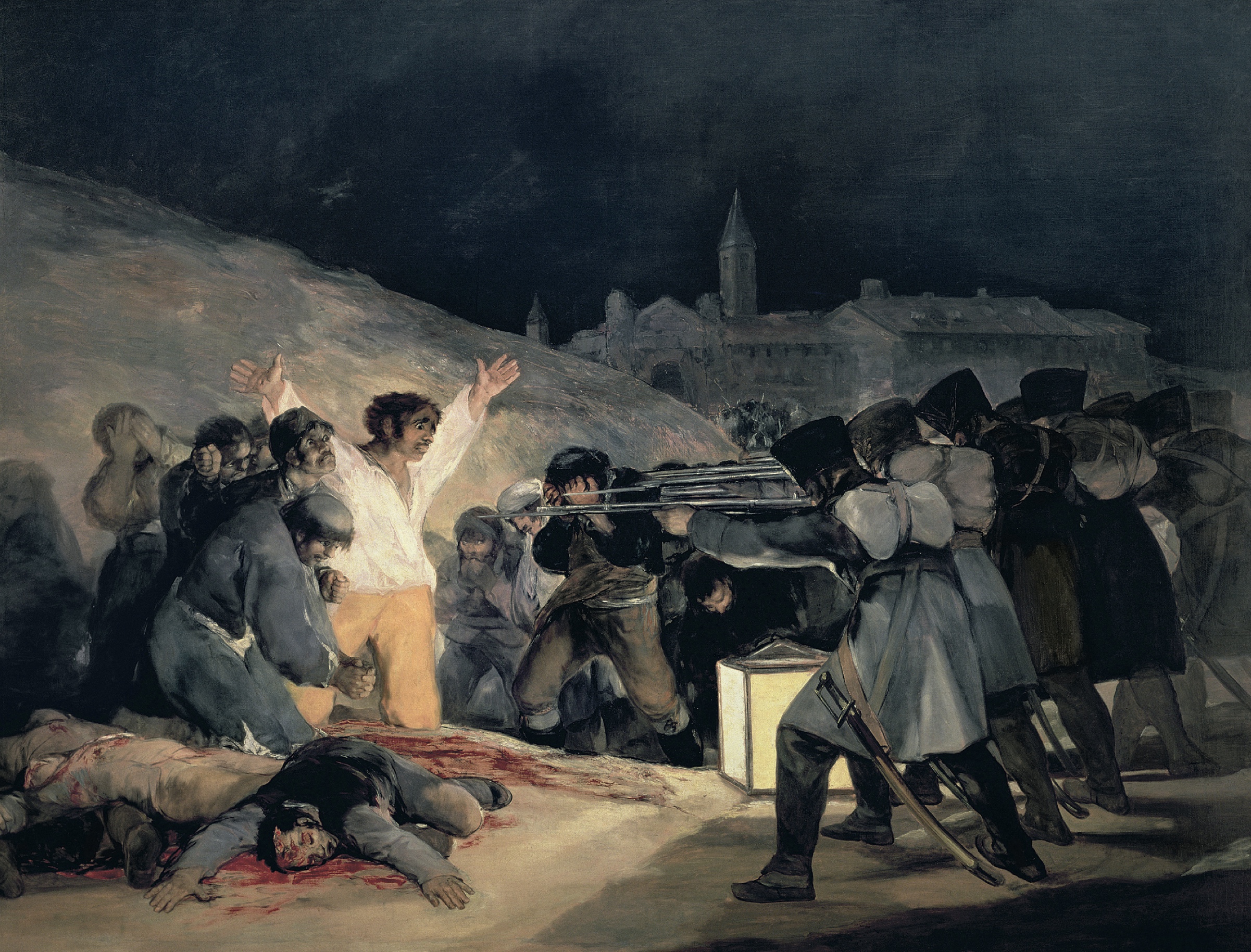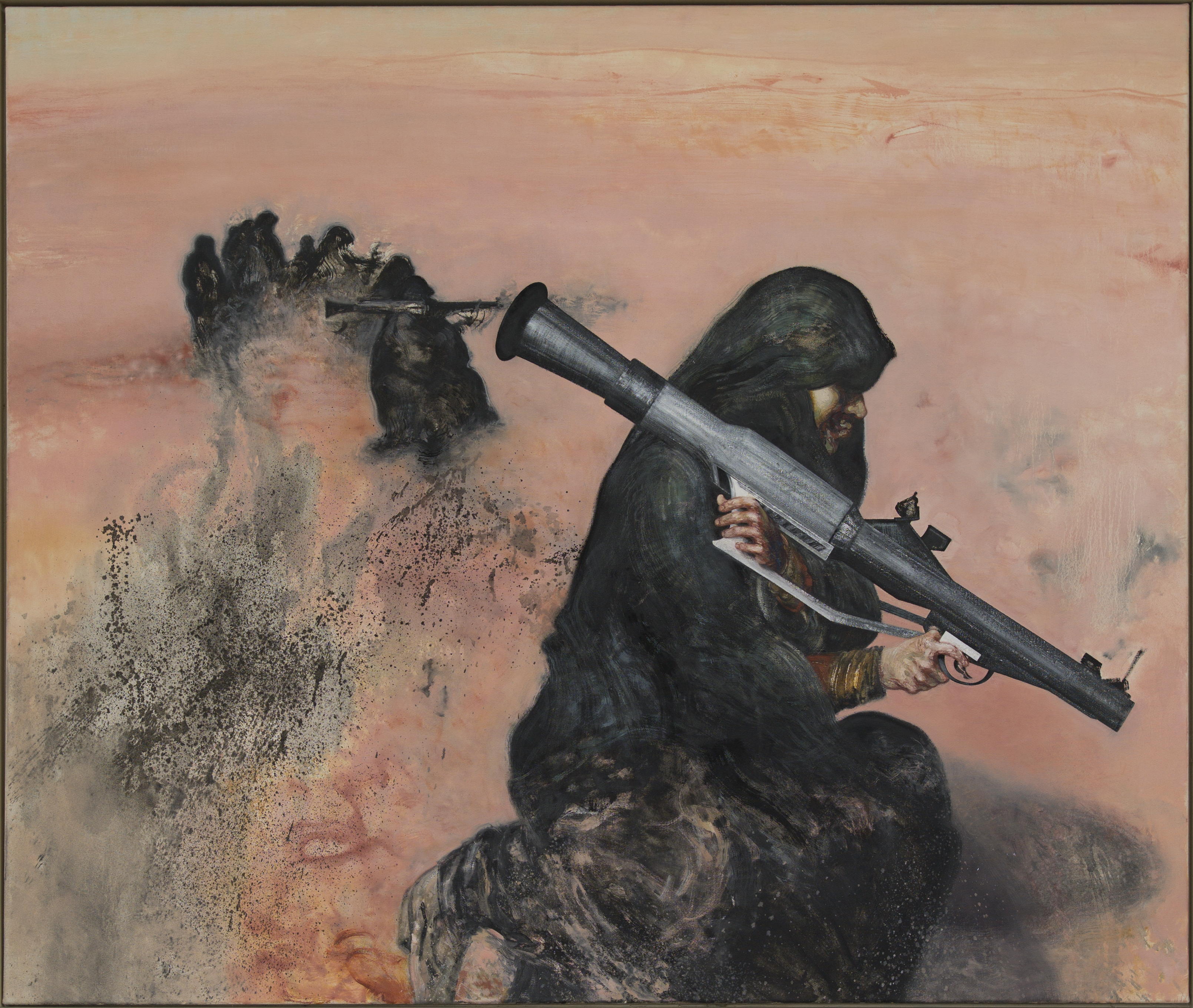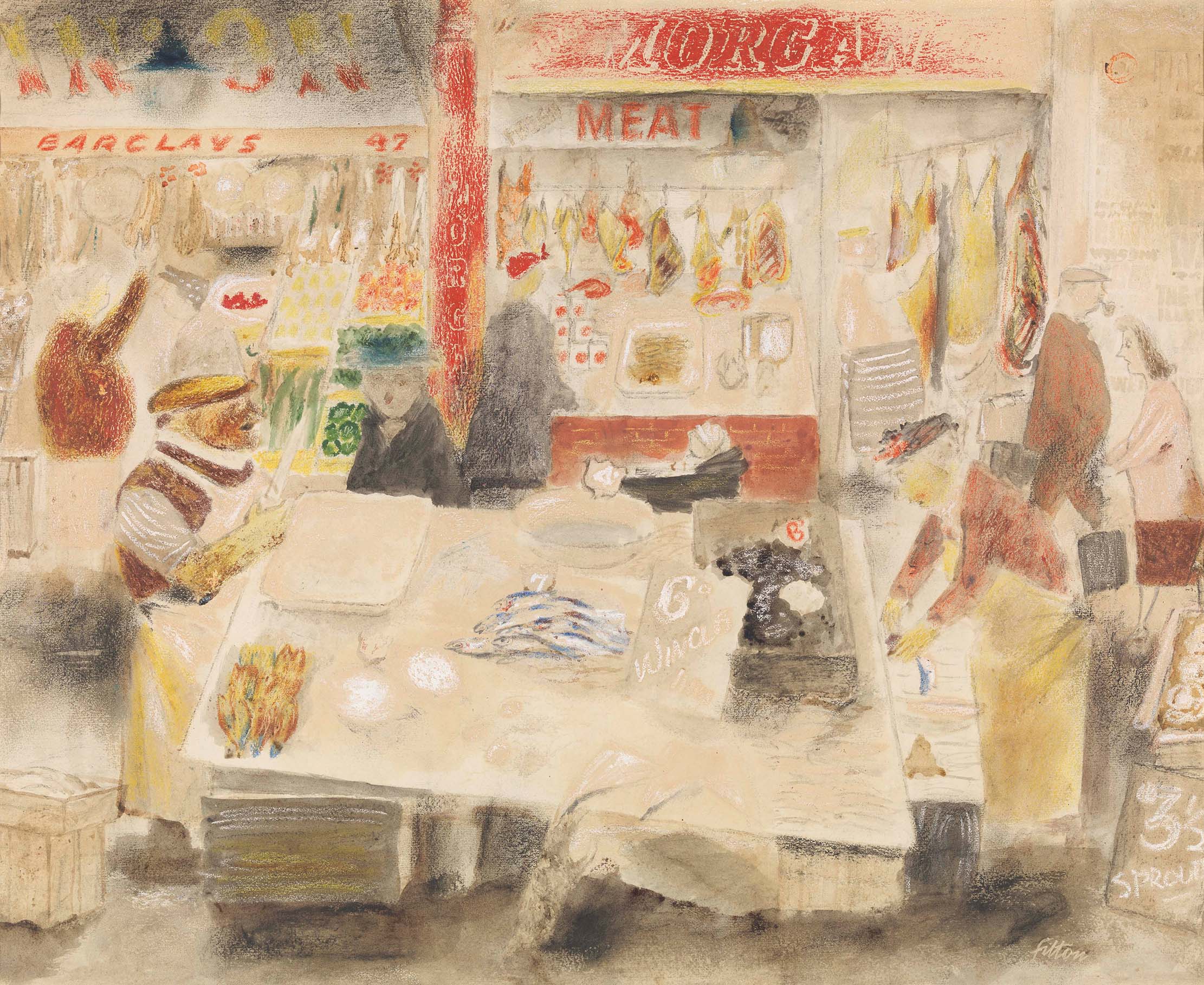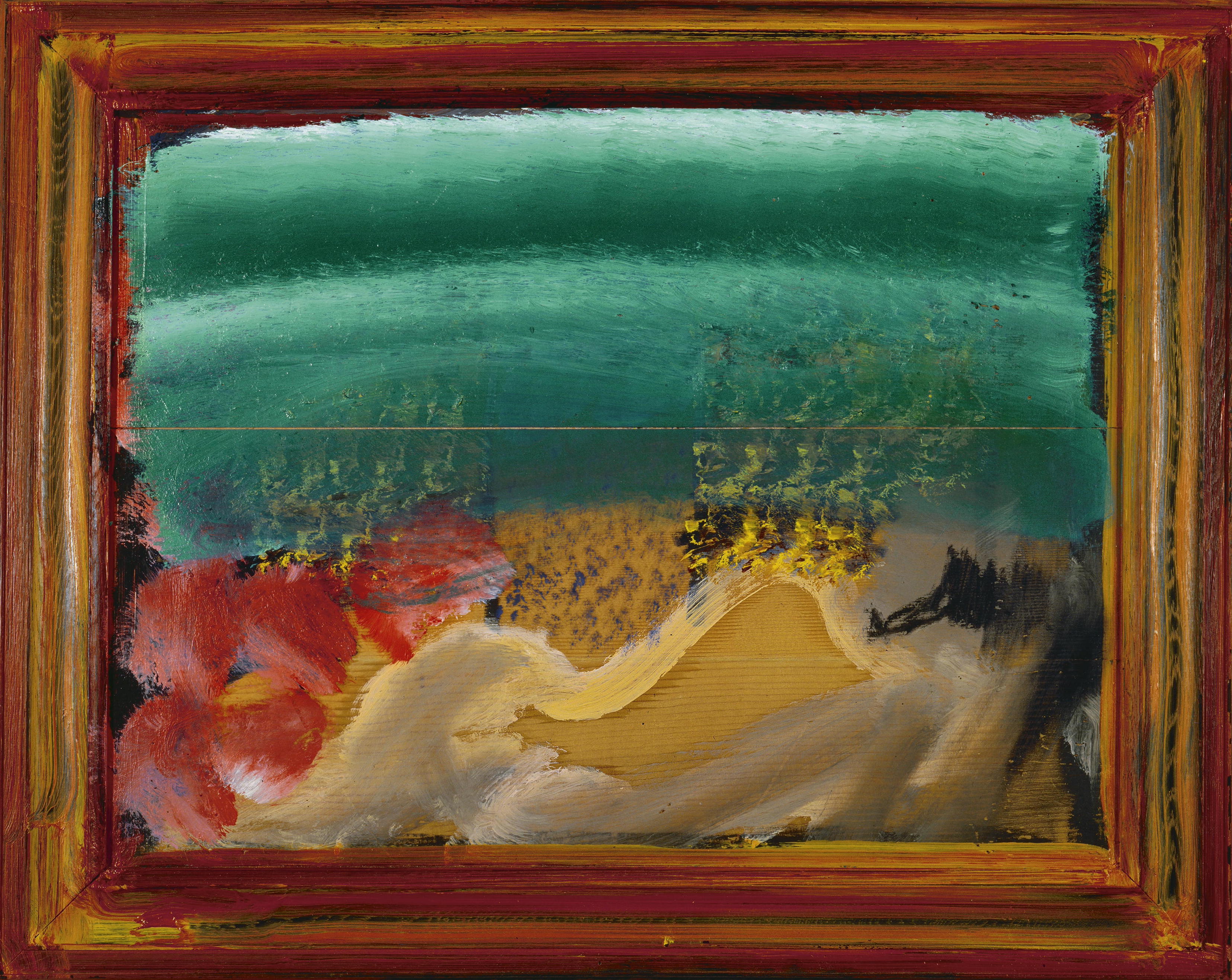
Oliver Mears chooses The 3rd of May 1808 in Madrid by Goya
‘This painting is one of the most powerful expressions of human terror in the face of state brutality it is possible to imagine. For that reason alone, this painting was a revolutionary opera at a revolutionary time — a highly political work of art that rages against faceless inhumanity and suffers with its victims.
‘As a stage director, one can only admire the sheer drama of this painting’s composition: its characters placed so artfully and its lighting and colours so vividly contrasted to create the most horrifying and immediate effect on the viewer. Look into their eyes and you won’t forget them.’
Oliver Mears is the director of Opera at London’s Royal Opera House. His most recent production was The Rape of Lucretia.
Charlotte Mullins on The 3rd of May 1808 in Madrid
Goya’s The 3rd of May 1808 in Madrid is one of the most powerful anti-war paintings in history. It is set during the Peninsular War, when Napoleon invaded Spain and forcibly installed his brother Joseph Bonaparte on the Spanish throne. Following a failed rebellion by Spanish freedom fighters on May 2, 1808, Joseph ordered that the ringleaders be shot. In Goya’s painting, they are made to queue outside the city’s walls before they reach the faceless French firing squad. Some protest, some plead, some bury their heads in their hands. One of them — a tonsured monk — prays. There are no moon or stars to illuminate their fate. Only the light from a single lantern reveals the bodies that already litter the ground. The white shirt of a poor labourer draws our eye — his arms reach out like Christ on the cross, his hands already showing signs of the stigmata. There is no heroism or glory in this painting, only bloodshed and despair.
Goya had been Spain’s court painter for more than two decades when Napoleon invaded. The war scarred him deeply and his paintings and prints from this time show the brutality and hopelessness of the fight. This painting is one of a pair with 2nd of May 1808 in Madrid: The Charge of the Mamelukes. Both show scenes of carnage in front of a claustrophobic city backdrop (there is no escape, literal or visual).
The pair was completed as Goya was etching his coruscating print series ‘The Disasters of War’, a work so incendiary it wasn’t printed until long after his death.

My favourite painting: Dr Kate Pretty
Dr Kate Pretty, founder of the Young Archaeologists' Club and former principal of Homerton College, Cambridge, chooses Gulf Women Prepare

My Favourite Painting: Ameer Kotecha
Food writer Ameer Kotecha chooses a picture whose creator clearly loves food as much as the rest of us.

My favourite painting: Richard Anderson
Tailor Richard Anderson picks an image of a smartly-dressed gentleman.
Exquisite houses, the beauty of Nature, and how to get the most from your life, straight to your inbox.

Credit: Howard Hodgkin, DACS / Artimage 2021
My favourite painting: Martin Brudnizki
Interior designer Martin Brudnizki chooses Waking Up in Naples by Howard Hodgkin.
Toby Keel is Country Life's Digital Director, and has been running the website and social media channels since 2016. A former sports journalist, he writes about property, cars, lifestyle, travel, nature.

